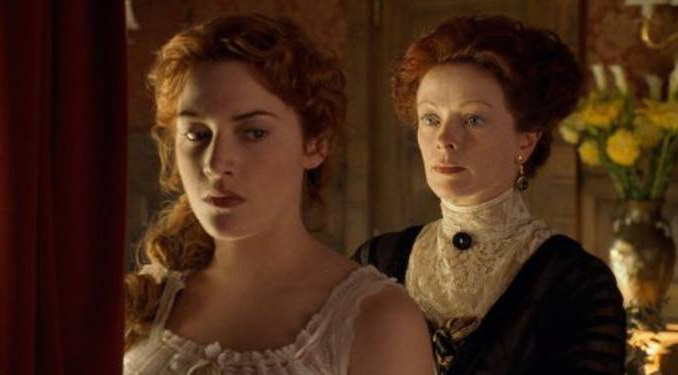
Based on a real-life tragedy, many wonder if there is a real Rose DeWitt Bukater from Titanic or if she was fictional. Interested in the ocean and shipwrecks from a young age, it was inevitable that James Cameron would one day take the HMS Titanic to the movies. The ship crashed into an iceberg during its maiden voyage in April 1912 despite being supposedly indestructible, resulting in over two-thirds of the passengers and crew losing their lives. Cameron took elements of real life for his record-breaking movie, but the real Rose from Titanic question is complicated.
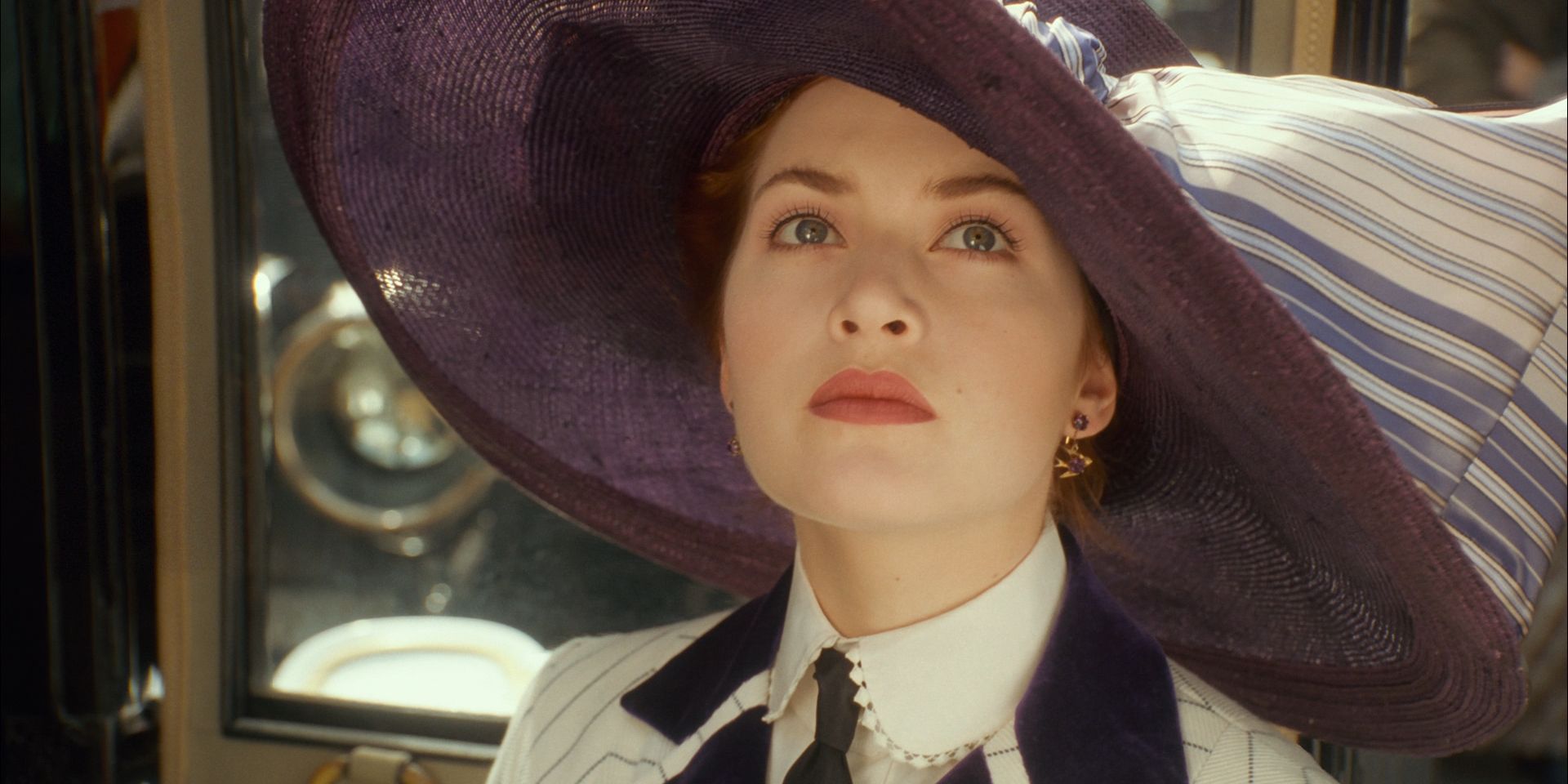
Rose was inspired by Beatrice Wood who came from a wealthy, traditional family of American heritage and held a passionate interest in art. Where Rose’s artistic endeavors were based around collecting paintings and modeling for Jack, Beatrice was an artist herself, specializing in abstract, avant-garde that also incorporated acting and ceramics. Just as Rose and Jack share a deep appreciation of Monet in Titanic, Wood was a huge fan of the impressionist. Cameron claims that Wood influenced the older Rose Dawson in Titanic played by Gloria Stuart.
How Titanic’s Rose Was Inspired By Beatrice Wood
Wood and Rose could both be described as progressive characters. Beatrice Wood’s art was controversial and shocking for her era, and even in her later years, Wood was personified as a rebellious spirit, mirroring how Rose grew out from under the shadow of a conservative upbringing and became a more independent person.
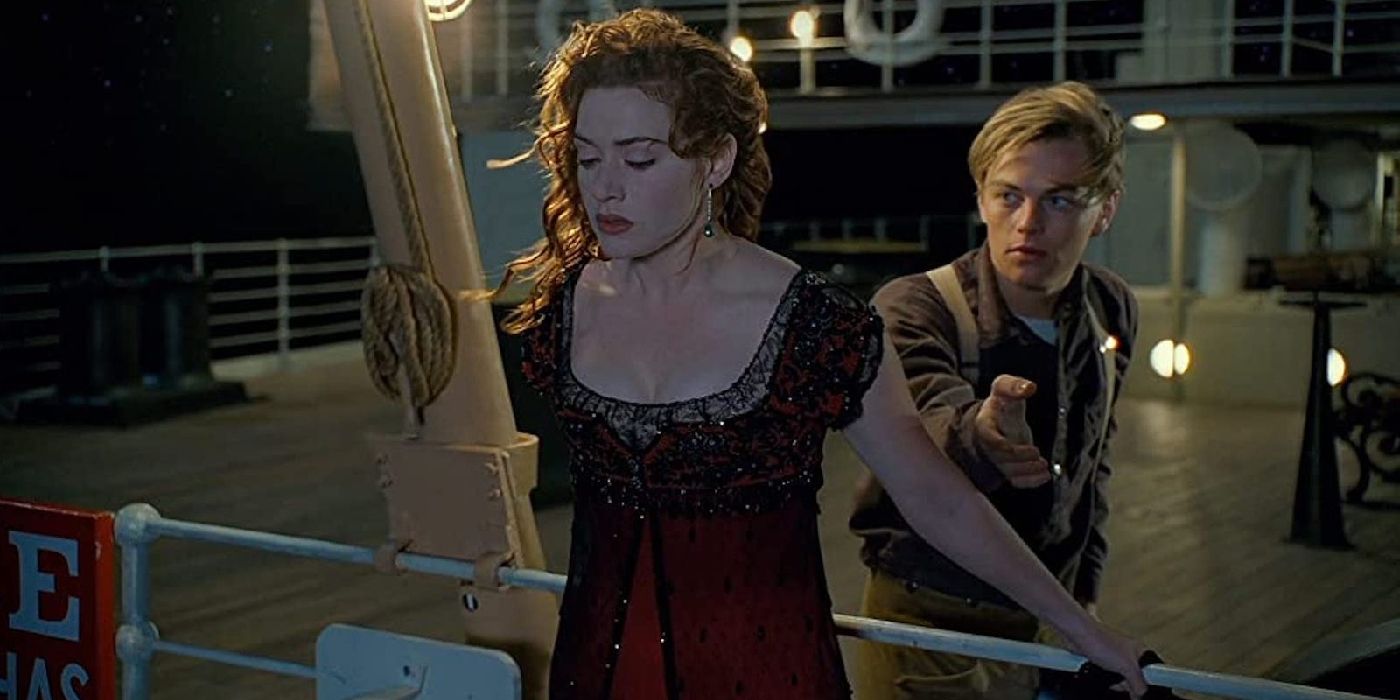
Rose viewed (or at least learned to view) those of lower social standing as equals and expressed concern about the dearth of lifeboats on board. As Rose’s story in Titanic continued, she pushed back on the customs of the time as well and didn’t enjoy being compromised or restricted simply because she was a woman. Compared to her despicable mother, Rose was a much more forward-thinking woman.
What Titanic Changed About The Real Rose From Titanic
For all of their similarities, however, there are also stark differences between Beatrice Wood and Rose, primarily the fact that Wood was never actually on the Titanic. She did travel abroad in Europe and all over North America, though. Likewise, Beatrice Wood was a perpetual artist, teaching herself everything from painting to acting to pottery to novel writing, whereas Rose comes across as someone more interested in art than fully committed to making it herself for a living.
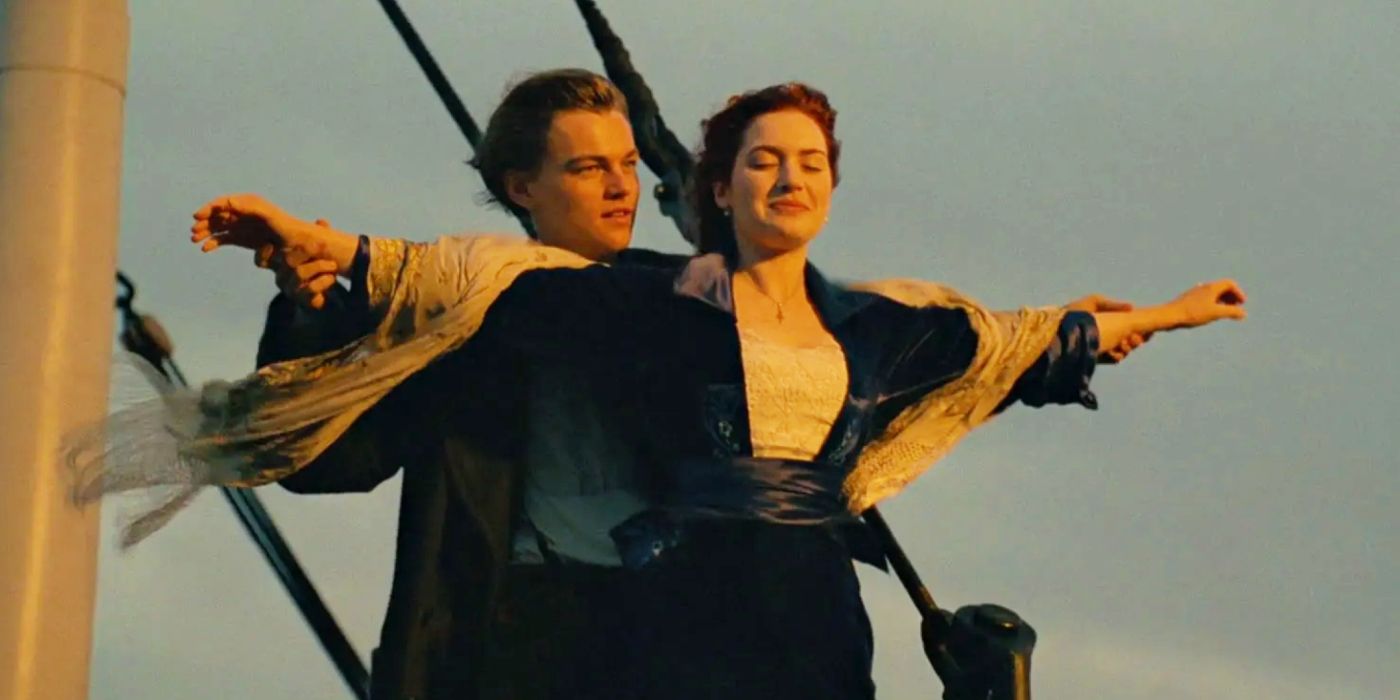
Finally, there’s also the obvious addition of Jack and Rose’s love story to Titanic. While Beatrice Wood loved different men throughout her life, many of whom broke her heart, none of the figures from her life quite line up with DiCaprio’s Titanic character and his tragic passing. Rose from Titanic isn’t a like-for-like interpretation of Beatrice Wood, but there are enough interesting parallels in their histories and personalities to highlight her influence on Kate Winslet’s character. The most prominent common thread between Rose and Beatrice is a fearlessly free-spirited nature.
Even before meeting Jack, Rose’s desire to break free and experience an adventurous life of art, culture, and exploration is clear. Beatrice Wood did exactly that during her 105 years and arguably lived the exact kind of life Rose would’ve wanted after losing Jack. Titanic put a spotlight on Wood, and learning about her life shows that the real artist had a personality bigger than the doomed Olympic-class ocean liner itself.
The Titanic Wasn’t That Important To The Real Rose When She Died
Despite inspiring Titanic’s Rose, Beatrice Wood was not interested in talking much about that subject before her death at the age of 105. A year before her passing, Wood sat down for a rare interview (via: Firstpost) but was more interested in talking about her time in India and her involvement in various artistic triumphs than that ill-fated voyage. Wood even claims she never watched James Cameron’s movie despite him delivering a copy personally to her, saying she was too late in life to be sad.
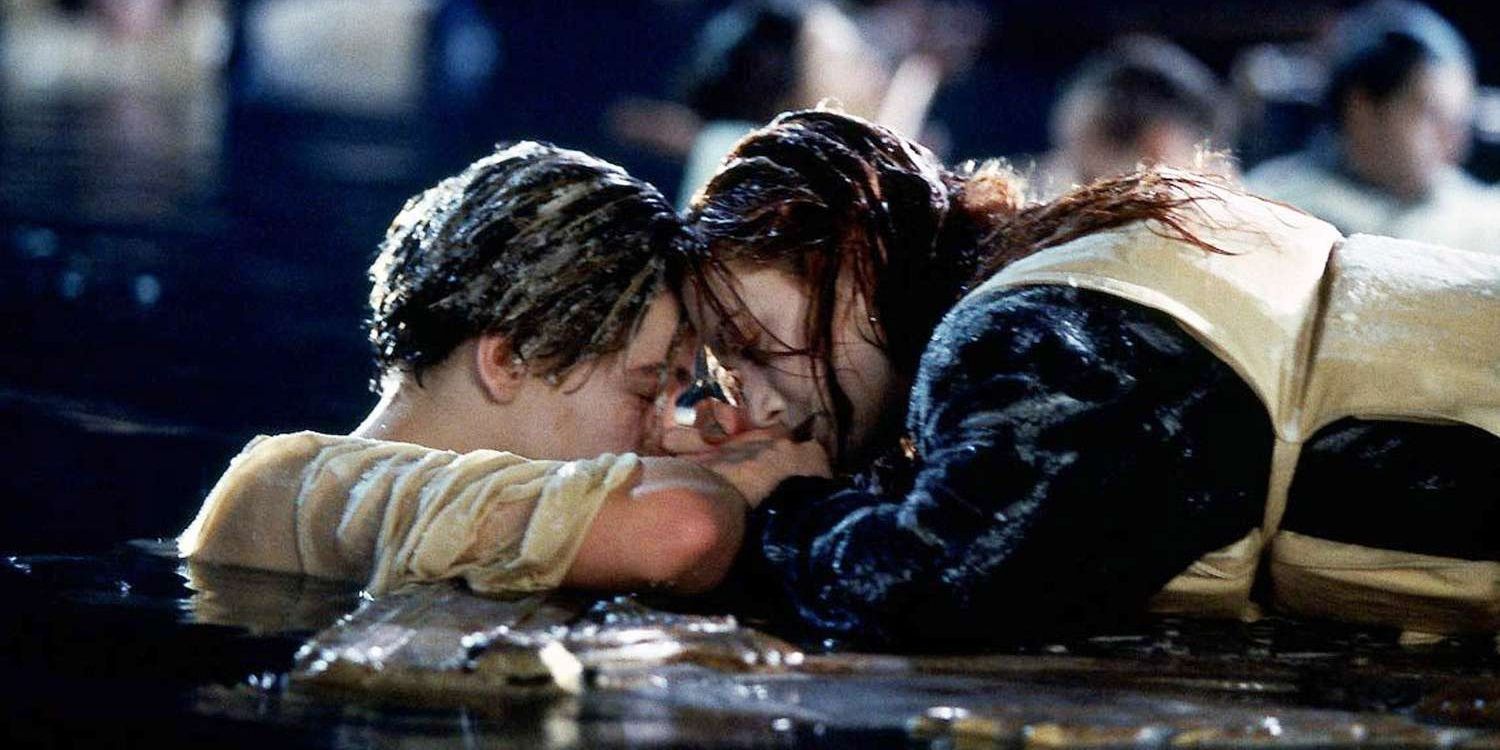
Beatrice Wood’s romantic life wasn’t quite as dramatic as that of Rose’s story from Titanic, but it was certainly interesting as she claims “I never married the men I loved, I never loved the men I married.” However, Wood did experience something close to Rose and Jack’s fiery, star-crossed relationship after falling in love with an Indian scientist, only to be kept separate by their vastly different cultures. In the end, despite the fiction, it is easy to see how Wood inspired Rose’s ultimate journey in Titanic as she said:
I left home, a luxurious home, with $15, to be free. And I went through a few years understanding the word poverty. But I was free. And freedom means a great deal to me .
